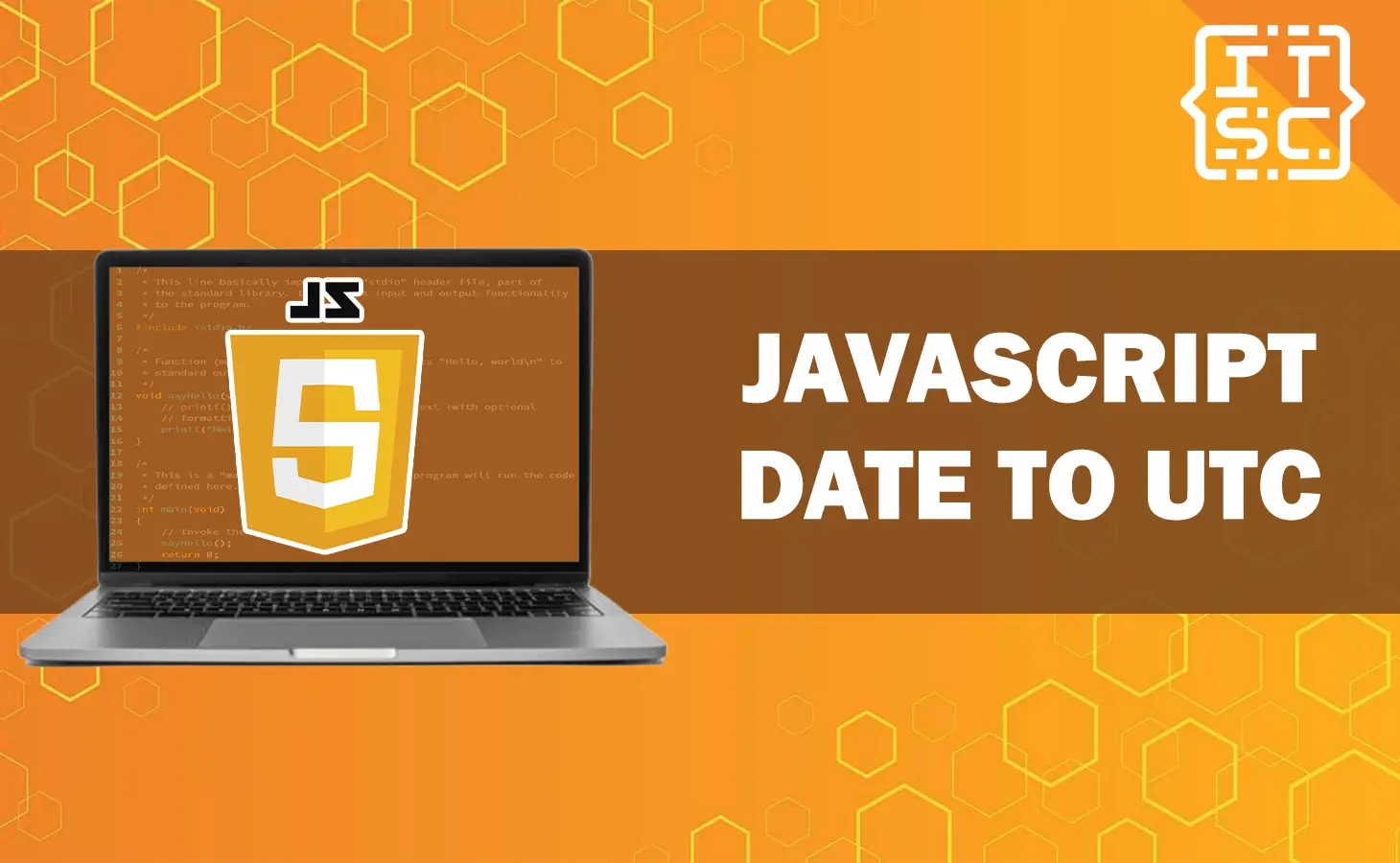In this article, we will delve into the process of converting dates to UTC in JavaScript.
We’ll explore various methods and provide step-by-step instructions to help you accomplish this task efficiently.
In JavaScript, working with dates and time zones can be a complex task. Hence, converting a date to UTC (Coordinated Universal Time) is often necessary to ensure consistency and avoid discrepancies across different time zones.
Before diving into UTC conversion, let’s gain a basic understanding of how dates are handled in JavaScript.
Understanding Dates in JavaScript
In JavaScript, dates are represented by the Date object, which provides various methods for date manipulation.
What is UTC?
UTC, or Coordinated Universal Time, is a standard timekeeping system used worldwide. It serves as a reference point for timekeeping, ensuring consistency across different time zones.
Additionally, UTC does not observe daylight saving time adjustments and remains constant throughout the year.
The Date Object in JavaScript
The Date object in JavaScript allows us to work with dates, including various operations such as retrieving the current date and time, setting specific dates, and performing calculations.
Now, let,s explore different methods of converting Date to UTC .
Method 1: Convert Date to UTC in JavaScript Using Date.UTC() Method
One way to convert a date to UTC in JavaScript is by using the “Date.UTC()” method.
This method is a predefined static function of the Date object that transforms the given date and time into the equivalent UTC time in milliseconds.
It takes the date and time as input and calculates the number of milliseconds that have passed since January 1, 1970, until the specified date and time.
Syntax
To convert a date to UTC using the “Date.UTC()” method, follow the syntax provided below:
Date.UTC(year, mon, day, hour, min, sec, ms)
Parameter:
- The “year” parameter is a four-digit integer, such as “2023”.
- The “mon” parameter is an integer between 1 and 12, representing the month.
- The “day” parameter is an integer between 1 and 31, indicating the day of the month.
- The “hours” parameter represents an integer between 0 and 23, with a default value of 0.
- The “min” parameter represents minutes and can have a value between 0 and 59, with a default value of 0.
- The “sec” parameter represents seconds and can have a value between 0 and 59, with a default value of 0.
- The “ms” parameter represents milliseconds and can have a value between 0 and 999, with a default value of 0.
- The “min“, “sec”, and “ms” parameters are optional, but if you choose to use “ms”, it is mandatory to also include “sec” and “min”.
Return Value
The function provides a numerical value that represents the specified date and time in milliseconds, measuring the duration from January 1, 1970, to the given date and time.
Here is an example:
// Specify the date and time components
var year = 2023;
var month = 6; // July
var day = 26;
var hours = 15;
var minutes = 30;
var seconds = 45;
var milliseconds = 500;
// Convert the date to UTC using Date.UTC() method
var utcMilliseconds = Date.UTC(year, month - 1, day, hours, minutes, seconds, milliseconds);
// Display the converted UTC time in milliseconds
console.log("UTC Time in Milliseconds:", utcMilliseconds);
Output:
UTC Time in Milliseconds:
1687793445500
Method 2: Use the toUTCString() to convert Date to UTC
To convert a date to UTC in JavaScript, we can use the toUTCString() method available in the Date object.
This method returns a string representation of the date in UTC format.
Here’s an example:
const currentDate = new Date();
const utcDate = currentDate.toUTCString();
console.log(utcDate);The toUTCString() method converts the date to a UTC string representation.
Method 3: Using toISOString()
Another approach to converting a date to UTC in JavaScript is by using the toISOString() method.
This method returns a string representation of the date in the ISO 8601 format, which includes the UTC offset.
To obtain the UTC date, we can simply remove the offset portion.
Here’s an example:
const currentDate = new Date();
const isoDate = currentDate.toISOString();
const utcDate = isoDate.split("T")[0];
console.log(utcDate);Output:
2023-06-26The toISOString() method provides a standardized format, making it useful for interoperability.
Handling Timezone Offset
When converting dates to UTC in JavaScript, it’s crucial to account for the timezone offset of the local machine. The getTimezoneOffset() method in the Date object allows us to retrieve the timezone offset in minutes.
By subtracting this offset from the local time, we can obtain the UTC time.
Here’s an example:
const currentDate = new Date();
const timezoneOffset = currentDate.getTimezoneOffset();
const utcTime = currentDate.getTime() - timezoneOffset * 60 * 1000;
const utcDate = new Date(utcTime);
console.log(utcDate);Output:
Mon Jun 26 2023 21:40:02 GMT+0800 (China Standard Time)By subtracting the timezone offset, we ensure that the resulting date represents the equivalent UTC time.
Dealing with Daylight Saving Time
Daylight Saving Time (DST) can introduce additional complexity when converting dates to UTC. During DST transitions, the offset between local time and UTC changes.
To handle this scenario accurately, it’s recommended to use libraries or frameworks specifically designed for date and time manipulation, such as Moment.js or Luxon.
Additional resources
- Mastering the date getTime() method in JavaScript
- JavaScript CSV to Array: Converting Techniques and Methods
FAQs Date to UTC in JavaScript
Converting dates to UTC ensures consistency and avoids discrepancies when working with different time zones. It helps maintain accuracy and uniformity in time-sensitive applications.
Yes, you can convert a specific time to UTC in JavaScript by using the appropriate methods and considering the timezone offset of the local machine.
Conclusion
In conclusion, converting dates to UTC in JavaScript is an essential task when working with time-sensitive applications or when handling data across different time zones.
In this article, we explored various methods to accomplish this task, using both built-in JavaScript methods and external libraries.
By following best practices and considering potential pitfalls, you can ensure accurate and reliable UTC conversion in your JavaScript projects.

